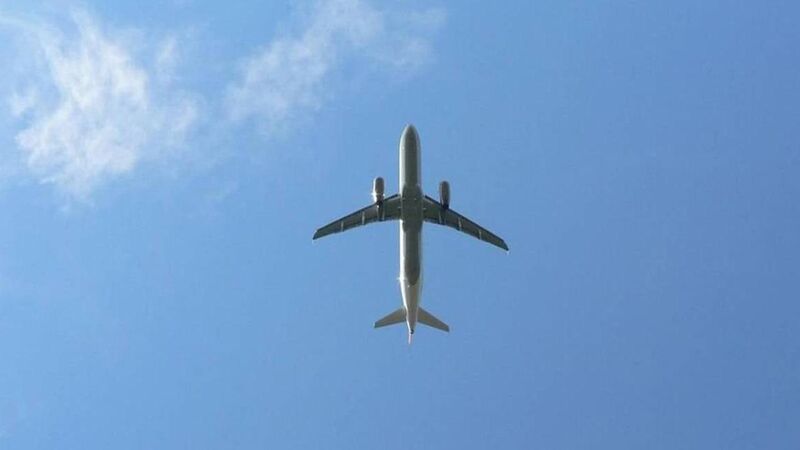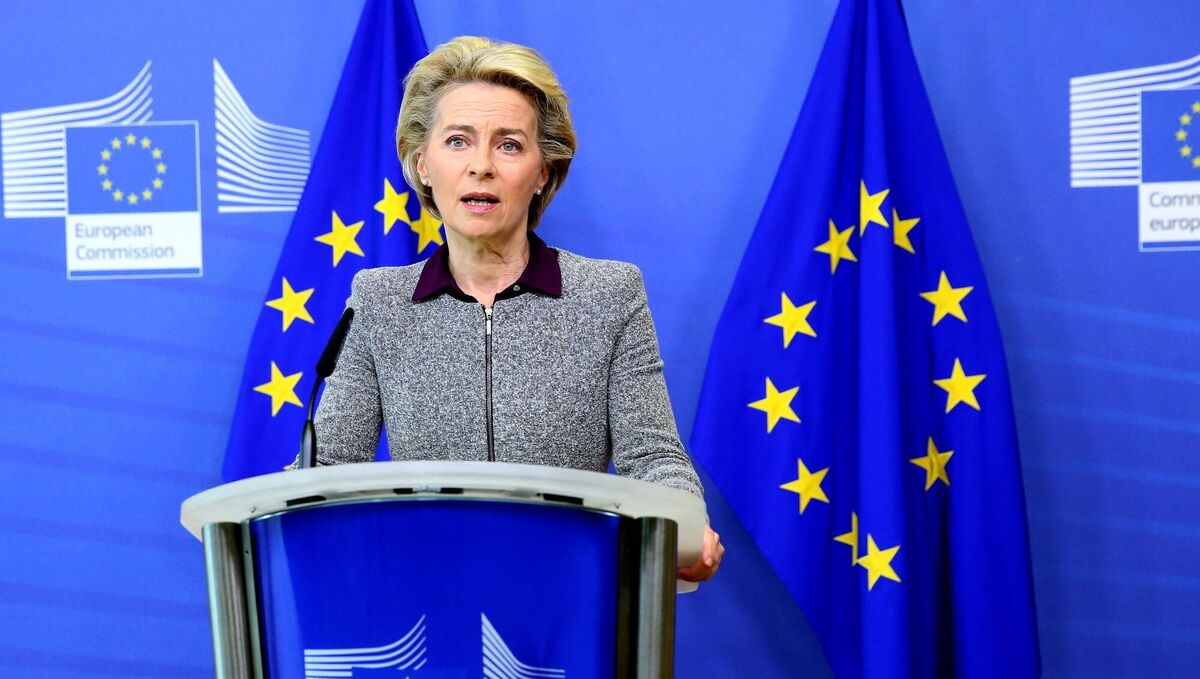Q&A: How does the EU 'Traffic Light' system for international travel work?

The EU Traffic Light system is based upon data published by the European Centre for Disease Control (ECDC). File Picture
From midnight tonight, The 'EU Traffic light' system for international travel will come into effect in Ireland.
But how does the system work exactly?
We answer some of your questions below:
The system itself is based upon data published by the European Centre for Disease Control (ECDC). Updated information is provided every Friday.
In essence, European countries are given one of three colours on the system, depending on the spread of the virus in their country under three primary criteria:
The criteria for the designations are:
- The number of new confirmed Covid-19 cases per 100,000 people, over a 14 day period.
- The positivity rate of Covid-19 tests carried out in a given country over the past week.
- The total number of Covid-19 tests carried out in a country carried out, per 100,000 population.
Each country is thus given a colour which reflects the overall state of the spread of the virus there.
The system was created so that each of the EU’s member states could operate under the same set of measures.
Beforehand, each member state could determine their own ‘risk’ travel zones. This led to complications and uncertainty around the issue of travel.
European Commission president Ursula Von Der Leyen said the co-ordinated measures were introduced to “make life easier for Europeans.”
It should be noted here that the European Economic Area countries (Norway, Iceland and Lichtenstein), and the UK, are also included on the ECDC list.
Under the system, a ‘green’ region is any country with a 14-day incidence rate of below 25 people per 100,000, and a test positivity rate of below 4%.
‘Orange’ countries are those with a 14-day incidence rate of below 50 per 100,000, provided their test positivity rate Is over 4%.
Orange countries can have a 14-day incidence rate of up to 150, however, provided they have a test positivity rate of below 4%.
‘Red’ countries are those where the 14-day incidence rate is above 150 per 100,000, and where the test positivity rate is higher than 4% - essentially, any country beyond the ‘orange’ classification threshold.
There are also ‘grey’ zones. These are countries where insufficient data on testing and incidence rates can be found.

No, it is just a recommendation.
No country is legally required to implement the system, which is why Ireland hadn’t adopted it before now.
The EU traffic system does not override existing national regulations, each state can continue to impose their own restrictions if they so wish.
The exact details of this are not yet finalised.
As it stands, passengers arriving here from ‘Orange’ countries would not have to quarantine, provided they have had a negative coronavirus test in the three days prior to their arrival.
Passengers from 'red' countries currently have to restrict their movements for 14 days.
However, the government has suggested this will soon be changed.
It is expected that passengers from ‘red’ countries will soon be allowed to end their quarantine early if they are found to have a negative Polymerase chain reaction (PCR) test five days after arrival.
Once the system is implemented here, the Government will align with exemptions noted in other countries - namely, transport personnel, healthcare workers and researchers, among others.
Children under the age of 6 are also exempt.
According to the latest data, the only 'orange' countries, when measured under all of the key indicators, are Norway, Finland and some of the Greek islands.
Almost every other country is classified as 'red'. Slovakia is classified as 'grey' due to insufficient data.
#JustPublished
— ECDC (@ECDC_EU) November 5, 2020
Updated weekly 🚦 maps are now online!
These maps aim to support the @EUCouncil Recommendation on a coordinated approach to the restriction of #FreeMovement in response to the #COVID19 pandemic in the EU and UK.
Find more here: https://t.co/CcBVx6B0o5 pic.twitter.com/1e0xGsOMZj
Special arrangements have been put in place for Denmark after a newly discovered virus variant of SARS-CoV-2, the virus that causes Covid-19 in the country.
A mutated form of coronavirus in the mammals, which are widely bred for their fur, has led to a nationwide cull in Denmark and sent parts of the country into lockdown.
While the mutated strain is not believed to be more dangerous, public health officials fear it could undermine the efficacy of a future vaccine.
A statement from the Department of Transport confirmed that anyone arriving from Denmark "should ensure that they follow the existing guidance to restrict movement for a period of 14 days following their arrival into Ireland.
"They are requested to do so notwithstanding their journey being ‘essential’ in purpose as defined by the EU.
In addition, should any traveller from Denmark develop any symptoms suggestive of Covid-19 they should phone their GP immediately and alert them of their recent visit to Denmark."
Yes. As recently as four days ago, Ireland's Chief Medical Officer did say that the risk international travel was 'very high.
"If you look at the European context, if you look at the North American context, the scale of this virus is really quite worrying and I am being diplomatic when I say that," he told an Oireachtas committee.
"We are about mid-table in the list of European countries, and it is a rapidly deteriorating situation."
Transport Minister Eamon Ryan has said that the Government will liaise with Nphet on the Traffic Light system this week and that their advice would be taken into account. Ultimately, though, it is the Government who will make any major decisions around international travel.





